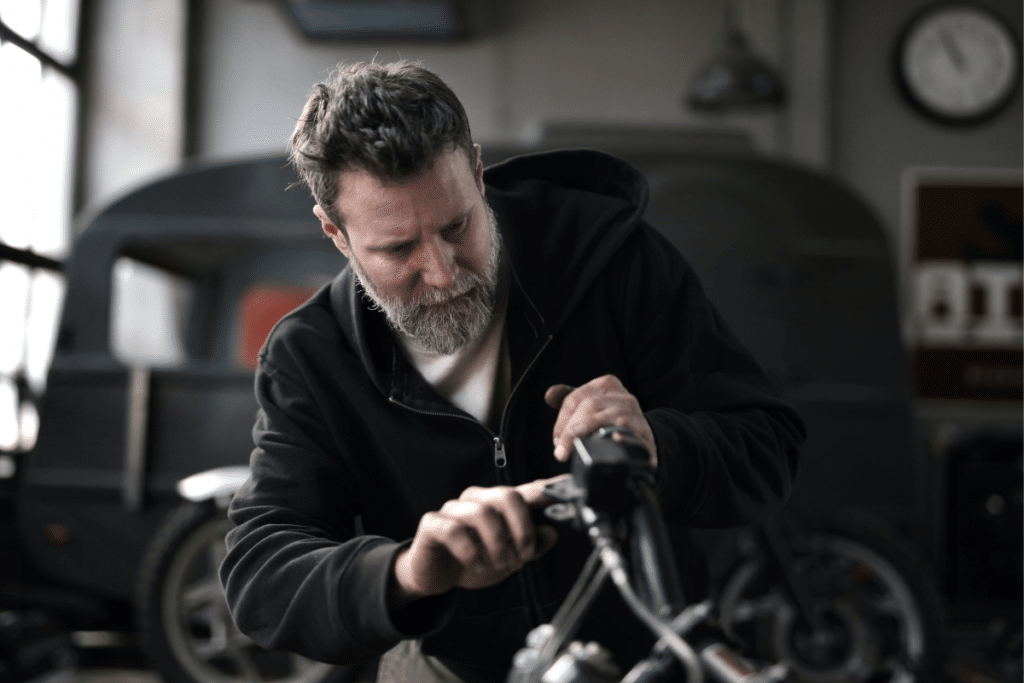Electric bikes, or e-bikes, have taken the world by storm, offering an alternative mode of transportation that is both eco-friendly and enjoyable. However, this relatively new technology raises questions about its safety, especially among seniors who may be more susceptible to accidents and injuries. In this article, we examine various aspects of electric bike safety with a focus on whether they are a wise choice for older adults.

Understanding Electric Bikes
E-bikes consist of a conventional bicycle frame with an integrated battery-powered motor that provides riders with pedal assist. The motor engages when the user starts pedaling, making it easier to maintain speed, conquer hills, and cover long distances without excessive strain. This feature can be particularly beneficial for senior riders who might experience physical limitations or reduced stamina compared to their younger counterparts.
Types of Electric Bikes
To determine if e-bikes are safe for seniors, it’s essential to recognize that not all electric bicycles are created equal. There are two main types:
- Pedal-assist-only e-bikes: These models require you to pedal continuously for the motor to stay engaged. You cannot solely rely on the motor for propulsion.
- Throttle-controlled e-bikes: These models allow you to engage the motor without pedaling, letting you cruise along using only electric power if desired.
For a safer riding experience, seniors should consider pedal-assist-only e-bikes due to their inherent feature requiring less assistance from the motor. This ensures the rider maintains control and is actively involved in cycling.
Assessing E-bike Safety Features
Moving beyond the pedal-assist versus throttle-controlled debate, let’s delve into the key safety features that make electric bikes suitable or unsuitable for seniors.
Motor Power and Speed
A crucial factor in e-bike safety is the power of the motor and the maximum speed it can attain. For seniors, a lower-powered motor (250-350W) with a top speed around 15 to 20 mph provides a good balance between assistance and control. More powerful motors may generate unnecessary acceleration, which could prove dangerous for older riders.
Frame Size and Design
A comfortable and stable riding position is vital for safety. Step-through frame designs are best suited for senior riders, as they allow users to mount and dismount with ease. Additionally, adjustable handlebars and saddles enable customization of the bike’s fit, contributing to both comfort and stability. Electric tricycles are another option that offer increased stability for those who might struggle with balancing on two wheels.
Weight Distribution
An electric bicycle should have an evenly distributed weight among its components. Cumbersome batteries or motors can throw off balance and lead to instability. Look for e-bikes with central-mounted batteries and motors placed at the hub of the rear wheel for optimal weight management.
Braking System
Stopping an e-bike requires more force than a traditional bicycle due to motor assistance. High-quality disc brakes provide better stopping power and control, enhancing the safety of the ride. This makes them a must-have feature for seniors considering an electric bicycle.
Evaluating Rider Skills and Limitations
Beyond assessing the e-bike itself, prospective senior riders should evaluate their own abilities and limitations in terms of physical fitness, balance, and cognitive function. Elderly individuals with balance impairments, cognitive decline, or significant physical limitations may not be well-suited for electric bicycle riding.
Find out all you need to know about best electric bike for seniors
Fitness Level
Riding an e-bike still demands a degree of physical effort, even with pedal assistance. Seniors should consult their healthcare provider before committing to such physical activity. Those deemed fit enough can benefit from the low-impact exercise and improved mobility an electric bike provides.
E-bike Training
For those new to e-bikes or facing doubts about their abilities, seeking professional training is an excellent approach to enhance safety and confidence while riding. Trained instructors can help seniors familiarize themselves with electric bikes’ functions, controls, and riding techniques.
Mitigating Risks on the Road
Maintaining visibility and adhering to road safety rules are essential practices for all cyclists, including seniors using e-bikes. Some practical measures to minimize risks include:
- Wearing a helmet: A properly fitted helmet significantly reduces the likelihood of head injuries in case of an accident.
- Using lights and reflectors: Enhance your visibility to motorists by employing front and rear lights as well as wearing reflective clothing.
- Riding defensively: When sharing the road, take care to signal turns, maintain a safe distance from vehicles, and stay aware of your surroundings at all times.
A Personalized Approach to E-Bike Safety for Seniors
The question of whether electric bikes are safe for seniors depends on both the design of the e-bike itself and the rider’s ability to operate it safely. By selecting an e-bike with appropriate power and safety features and assessing personal limitations, many seniors can confidently enjoy the benefits electric bicycles offer. In addition, taking necessary precautions on the road and investing in proper training can go a long way towards ensuring that cycling with an e-bike remains a safe and enjoyable experience.
